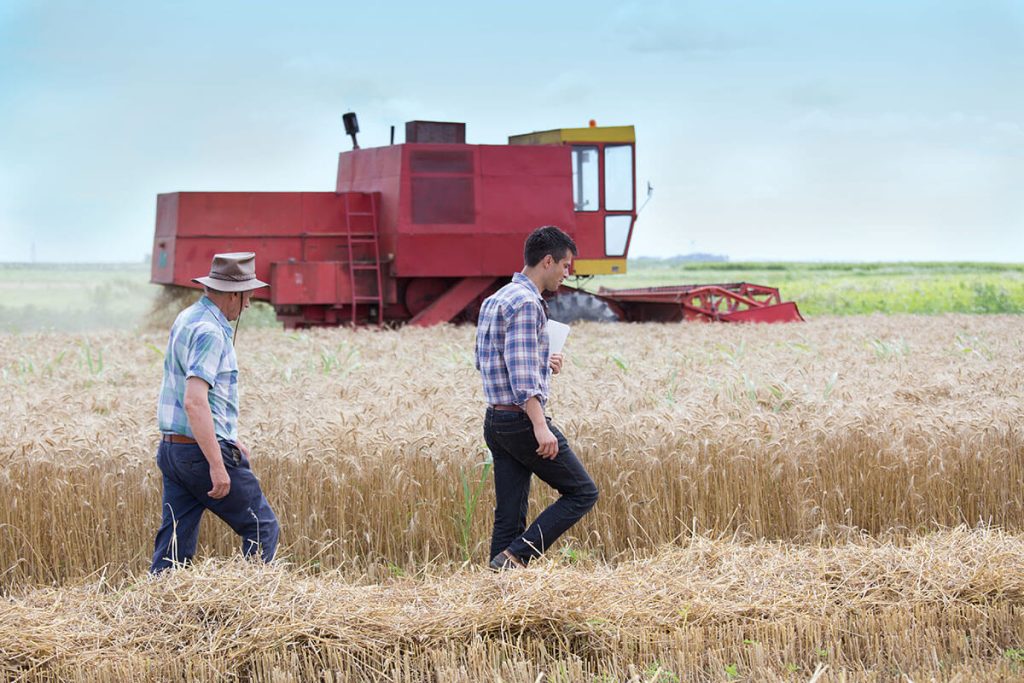Magazine
Do You Thrive To Learn More About How To Achieve Greater Business Success?
Sign up to our magazine designed specifically for Australian business leaders.
You are here: Home » Blog » Farm Advisory » Six Key Elements Of A Farm Succession Plan

Published on 27 February 2018
Categories: Succession, Farm Advisory
Getting any succession plan right is important, but farming succession plans have complexities not seen elsewhere because of the many and varied vested interests of family members. Financial and emotional ties that bind a family together but equally can break both the family and the business if not recognized and treated properly in the family farm succession plan.
Inevitably when we are keen to resolve an important issue, we look for a quick fix. A formula to which we can apply our particular set of ingredients, stir and get the result. So we can get on with life. But any type of strategic planning is necessarily an exercise primarily in thinking and that can be a bit hit and miss can’t it? But whilst you can’t reduce this type of work to a formula, Munro’s does use a framework that is well tried, tested and understood.
So here are six key elements we use in a framework when we work with clients to help create that farm succession plan:
You will always drive the process. It has to be that way, because this is your succession plan for your family. But using professionals to help deal with the subtleties in the framework as well as the technical intricacies you may face along the way, makes a lot of sense.
It’s your call.
Do You Thrive To Learn More About How To Achieve Greater Business Success?
Sign up to our magazine designed specifically for Australian business leaders.